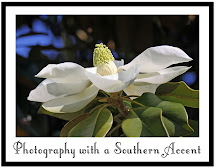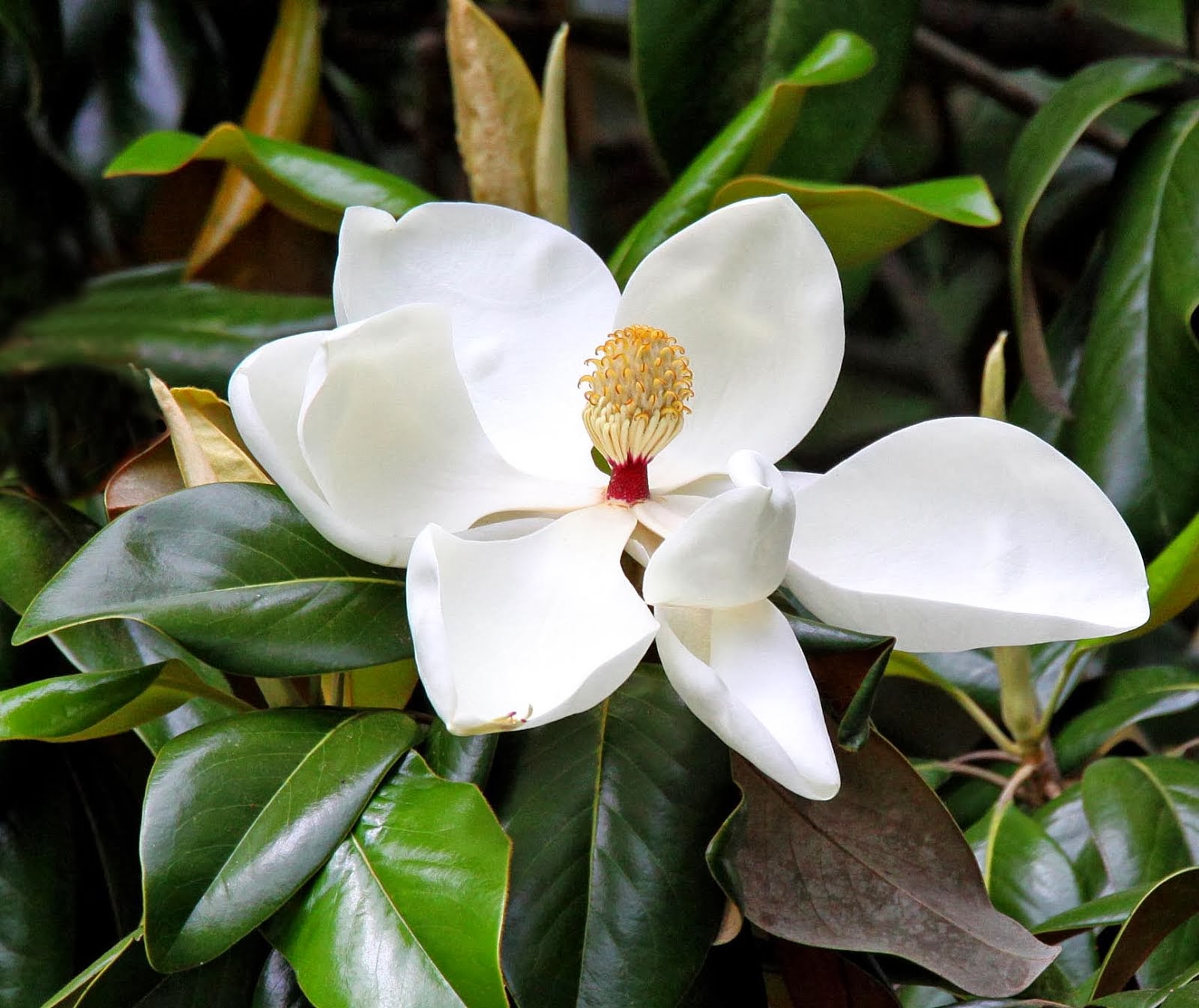
Monday, July 14, 2014
The Fate of the Mamie S. Barrett
About 17 miles downriver from Natchez, on the Louisiana side of the Mississippi River, the rusty, vine-covered hulk of an abandoned steamboat rests in the shade of an old cottonwood tree near the small community of Deer Park, Louisiana, just a few yards away from a cut-off of the river.
It is truly a sight to behold, and when I saw it for the first time, it took my breath away.

The old steamer, known as the “Mamie S. Barrett,” was built in 1921, and its “claim to fame” occurred in 1942, when it proudly served as President Franklin D. Roosevelt’s headquarters as he toured and inspected the Mississippi River.
Through the years, the “Mamie” has been used as a towboat, a clubhouse and restaurant for a yacht club, a touring vessel, an attraction at a resort on a Kentucky lake, and was even owned by a Gulf Coast casino management company.
It was listed on the National Register of Historic Places on April 28, 1983.
In 1987, the riverboat was purchased by John and Mary Hosemann, and was brought to Vicksburg, Mississippi, on November 5th of that year. She was converted to a showboat with a 120-seat theater on the main deck and a restaurant on the second deck. She remained in Vicksburg until 1991.
The following picture shows how the "Mamie" looked in 1921, and in 1983, when she was docked at Vicksburg.
The “Mamie” was eventually moved to Vidalia, Louisiana Dock and Storage, opposite Natchez, and in the mid-1990s, she was taken to the cut-off at Deer Park, some 17 miles downriver from Natchez.
She has remained there ever since … a 146-foot shell of a steamboat which once carried a President, and is listed on the National Register of Historic Places … fated to become yet another piece of history, abandoned and forgotten, rapidly deteriorating and surrendering to the ravages of time and weather.
To read a more detailed account of the story of the “Mamie S. Barrett,” you can visit Steamboats.org at Mamie S. Barrett.
at
6:11 AM

Created by
Southern Lady
Monday, July 7, 2014
Curb Appeal -- Natchez Style
Natchez, Mississippi, is a photographer's treasure trove of "pictures waiting to be taken." I never fail to find new and interesting things and places to capture with my camera when I'm there. My favorite subjects to photograph are the houses of Natchez ... both great and small, and I'd like to share a few of the pictures I captured on a recent photo shoot.
Crape Myrtles aren't the only colorful things to be found in Natchez. These three brightly-painted houses have almost a tropical look to them, complete with palm trees and banana plants. According to the Historic Resources Inventory of Mississippi Department of Archives and History, these three houses were built in 1910, and are part of the “Upriver Residential Historic District.”
Holly Hedges, ca 1796 (or possibly 1818)
The side garden features an English boxwood garden in the shape of a British flag.
Cherokee, ca 1794-1810
I love the ivy-covered steps leading up to the house.
This next house is surrounded by magnificent old live oak trees, and is for sale for $425,000.
This stately Victorian has recently undergone an amazing transformation.
This is the way it looked in March 2008 ...
Here are some of the other houses that caught my eye as we drove through some of the neighborhoods.
Mellon House, ca 1976-1831
Mose Beer, ca 1901
Rehn House, ca 1885
Rosehaven, ca 1902
Griffith-McComas House, ca 1793
I've saved my favorites for last -- the small cottages and cabins that are found "in the shadows" of the "great houses" that visitors most often choose to tour during their stay in Natchez. It's these smaller houses, brimming with personality and charm, that seem to call out to me ... with their picket fences and cottage gardens and simple architectural details. I just can't resist capturing them in pictures, and I'll let the pictures speak for themselves.
Early 1700s
I love the tin roof over the stoop of this little shotgun house,
and the pretty Crape Myrtle beside the door.
One of my favorite houses in Natchez.
It is especially pretty in the Fall when the leaves on the two
Japanese Maples flanking the front of the house turn a dark maroon.
And last, but certainly not least ...
Rosehill Cottage, ca 1950
The epitome of what a cottage should be ...
complete with vine-covered walls, roses, and a white picket fence!
I'm sure the awnings are there to cut down on energy costs,
but I think if it were mine, I would have to remove them to
show off that pretty little bay window with the lamp in it.
Otherwise, it is perfect!
I hope you enjoyed my tour of some of the neighborhoods of Natchez. I think I could go back a hundred times and still find new "pictures waiting to be taken." In fact, I've already started a new list for next time!
Thursday, July 3, 2014
Let Freedom Ring!
at
9:28 AM

Created by
Southern Lady
Subscribe to:
Posts (Atom)




































































